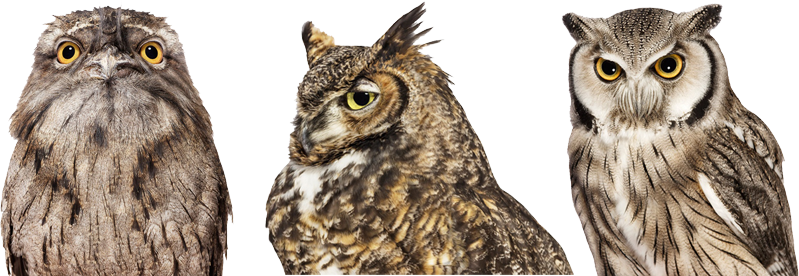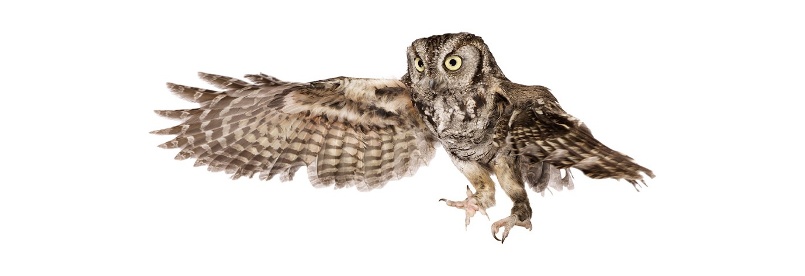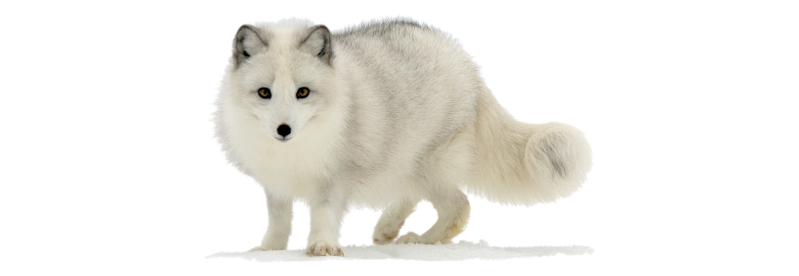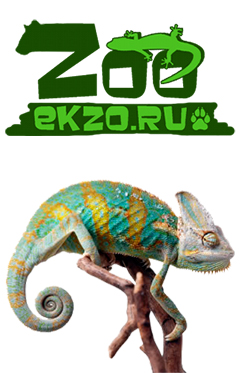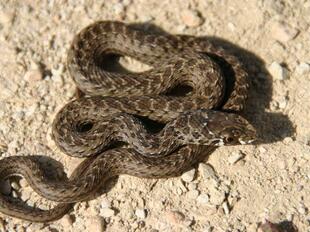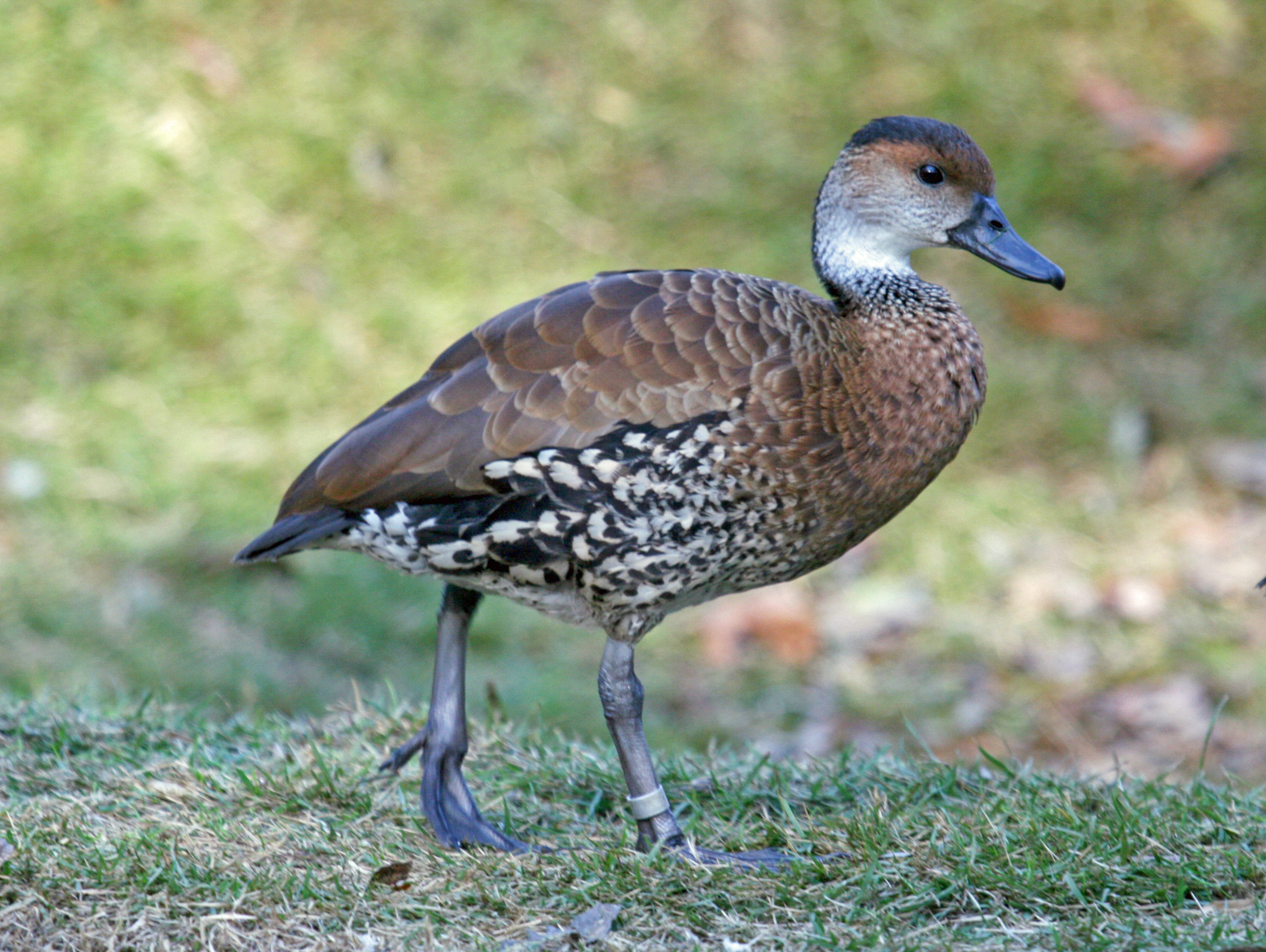
West Indian whistling duck, or Black-billed whistling duck, or Cuban whistling duck(Dendrocygna arborea)
Phylum —chordata
Class — aves
Order — anseriformes
Family — anatidae
Genus –dendrocygna
Appearance
The West Indian whistling duck is the largest (48–56 cm) and darkest of its genus. It has a long black bill, long head and longish legs. It has a pale foreneck and light brown face. The crown, back, breast and wings are dark brown to black, and the rest of the underparts are white with heavy black markings.
All plumages are similar, except that juveniles are duller and have a less contrasted belly pattern.
Habitat
The West Indian whistling duck is widely scattered throughout the West Indies, including a large breeding population in the Bahamas, and smaller numbers in Cuba, the Cayman Islands, Antigua and Barbuda, Jamaica, Hispaniola (Dominican Republic and Haiti), and Puerto Rico.
Behavior
It is largely sedentary, apart from local movements, which can be 100 km or more.
Though mainly nocturnal, whistling ducks are also active at dusk and dawn. During the day, they roost in flocks, often in mangrove swamps.
Diet
This duck feeds on plant food including the fruit of the royal palm.
Reproduction
Nests have been reported in tree cavities, on branches, in clumps of bromeliads, and on the ground under thatch palms and other dense bushes. The usual clutch size is 10-16 eggs.
In captivity
Lifespan can reach 20 years.
Ducks of this genus are social species that get along peacefully with representatives of their own genus and those ones of other genera in large mixed groups on the same site, so it is possible to keep birds of different species in one spacious aviary outside the breeding season. It is only advisable to make sure that these are ducks of approximately the same size, since larger ones can make smaller ones go away from the feeder and drinker.
Ducks feel great on the territory where there are tall grasses, shrubs and trees and a reservoir at least 1 m deep, the size of which allows them to swim. The area of the fenced yard should correspond to the number of birds contained, providing it with the opportunity to retire and hide. Small shelters on the top of the open area in the form of sheds, huts and booths are necessary as shelters from birds of prey, bad weather, as well as for overnight stays. Building aviaries, you should take into account the desire of the bird to fly. Owners usually cover them from above or make regular trimming of the wings.
In winter, ducks, being mainly tropical inhabitants, need reliable protection from the cold. Capital buildings with deep straw bedding or a thick layer of sawdust will protect the bird from hypothermia and frostbite in the winter. Depending on the severity of the climate, it is necessary to provide a variety of ways to warm up the winter room when the temperature drops from 0 оС and below.
Wood ducks are mostly monogamous and nest in colonies, but during the breeding season it is necessary to settle birds of different species to avoid hybridization. Mixing of species occurs rarely, and only when there is an excess of sexually mature males that do not have a permanent pair. On the nesting site, various locations are organized for laying eggs: boxes and houses on the ground,which also can be raised 1 meter or higher from its surface.
It is quite simple to provide full nutrition to wood ducks in captivity. A variety of grain mixes and pellets are suitable for feeding them. Ducks need drinkers with a sufficient amount of clean water, especially if there is not even a small pond for swimming.
Ducklings grow well when the keepers start giving them standard feeds, and enjoy eating chopped lettuce or spinach leaves. Artificially bred сhicks sometimes do not eat well during their first days, so keepers add boiled eggs or mealworms to their food. It is important to provide pairs of ducks with a brood with the opportunity to graze on fresh grass or give access to shallow reservoirs overgrown with aquatic vegetation (duckweed, reeds, etc.). Such conditions of keeping contribute to better preservation and growth of young birds. Daily bathing under the control of adult birds is safe.
 Russian
Russian
 English
English








